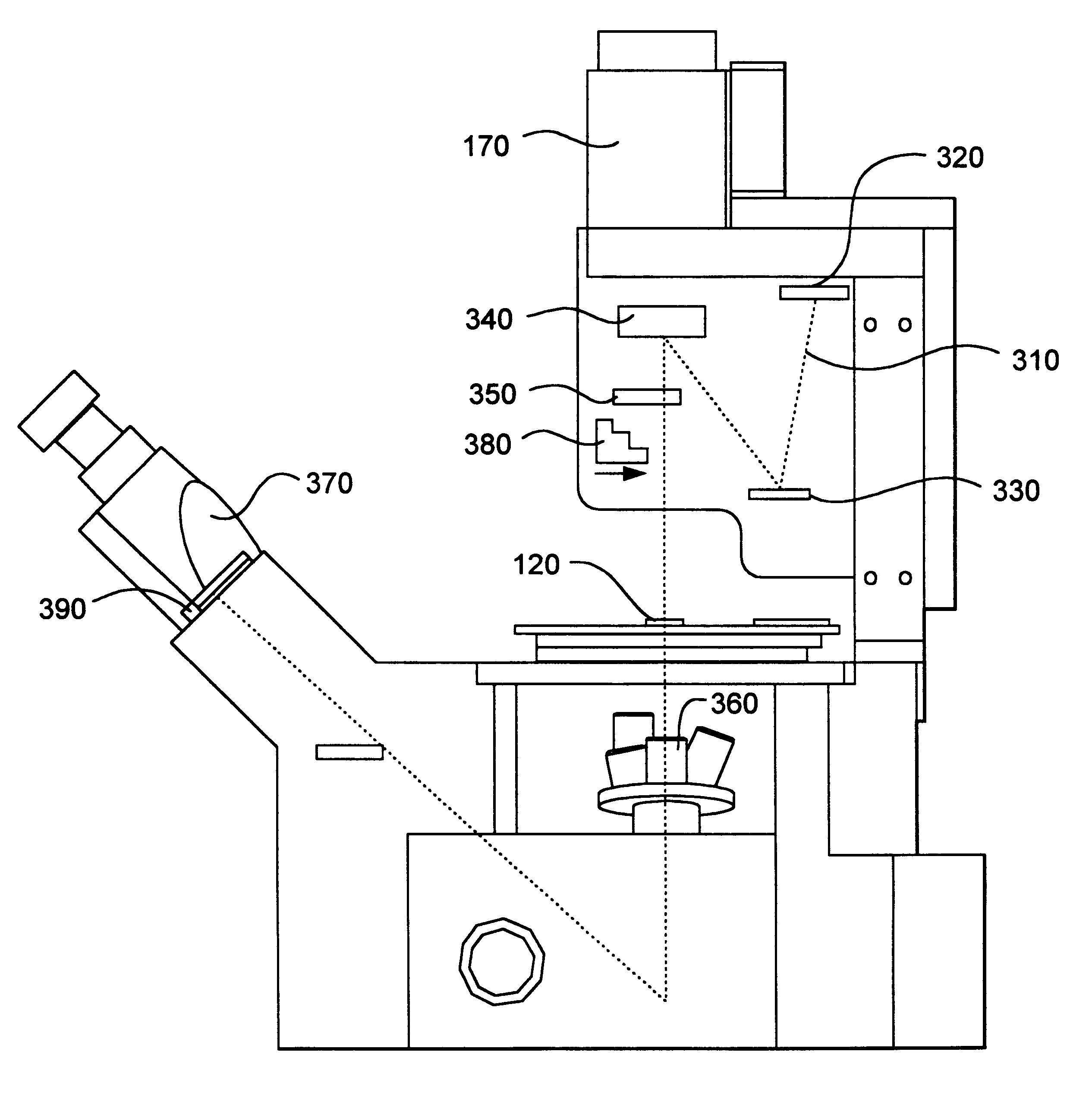Laser capture microdissection optical system
a technology of optical system and laser, which is applied in the field of inverted microscope, can solve the problems of incongruity of film property, time-consuming, and inconvenient prior-art methods for extracting cells of interest from surrounding tissue, and achieves the effects of reducing the number of incisions, and improving the quality of the incision
- Summary
- Abstract
- Description
- Claims
- Application Information
AI Technical Summary
Benefits of technology
Problems solved by technology
Method used
Image
Examples
Embodiment Construction
The invention and the various features and advantageous details thereof are explained more fully with reference to the nonlimiting embodiments that are illustrated in the accompanying drawings and detailed in the following description. Descriptions of well known components and processing techniques are omitted so as not to unnecessarily obscure the invention in detail.
The entire contents of U.S. Ser. No. 60 / 037,864, filed Feb. 7,1997 entitled "Laser Capture Microdissection Device," (Docket No. ARCT-002); U.S. Ser. No. 08 / 797,026, filed Feb. 7, 1997; U.S. Ser. No. 08 / 800,882, filed Feb. 14, 1997; U.S. Ser. No. 60 / 060,731, filed Oct. 1, 1997; and U.S. Ser. No. 60 / 060,732, filed Oct. 1, 1997 are hereby expressly incorporated by reference into the present application as if fully set forth herein.
Turning to FIG. 1, a perspective view of an inverted microscope 100 for laser capture microdissection (LCM) is depicted. The inverted microscope 100 includes a variety of subsystems, particularl...
PUM
| Property | Measurement | Unit |
|---|---|---|
| thick | aaaaa | aaaaa |
| melting point | aaaaa | aaaaa |
| wavelength | aaaaa | aaaaa |
Abstract
Description
Claims
Application Information
 Login to View More
Login to View More - R&D
- Intellectual Property
- Life Sciences
- Materials
- Tech Scout
- Unparalleled Data Quality
- Higher Quality Content
- 60% Fewer Hallucinations
Browse by: Latest US Patents, China's latest patents, Technical Efficacy Thesaurus, Application Domain, Technology Topic, Popular Technical Reports.
© 2025 PatSnap. All rights reserved.Legal|Privacy policy|Modern Slavery Act Transparency Statement|Sitemap|About US| Contact US: help@patsnap.com



